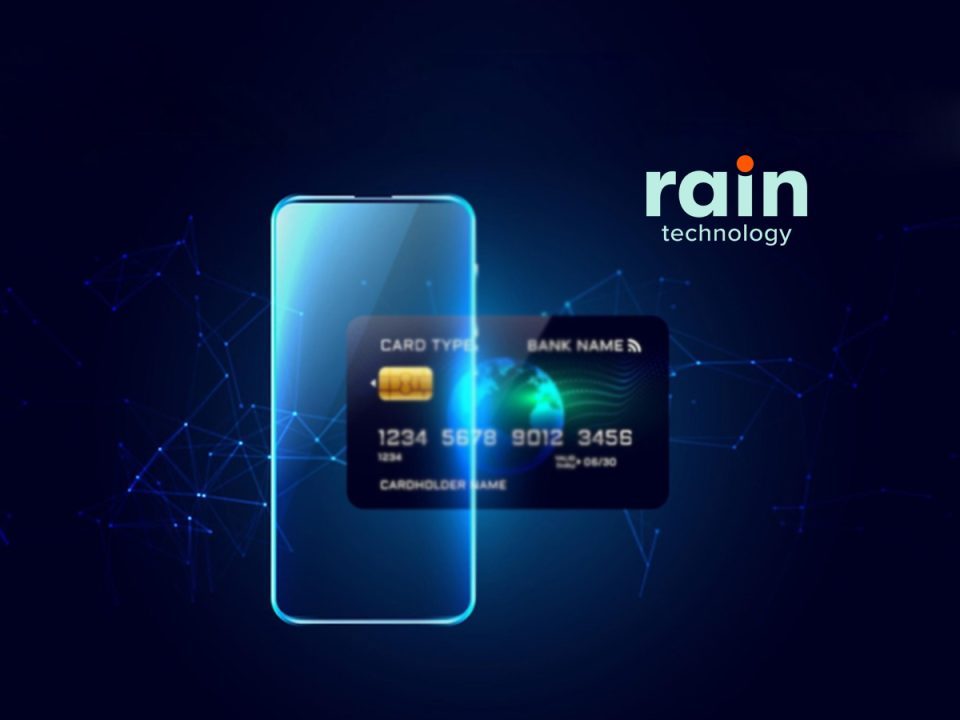Rain Technology, creator of the world’s most advanced directional display technologies, today announced the availability of ATM Switchable Privacy™, designed to protect consumers against visual hackers and snoopers at ATM terminals in financial institutions, retail stores, restaurants, airports, and other public settings.
ATM Stats and State of the Market
With more than three million ATMs around the world and a global ATM market size estimated to reach $28 billion by 2026, ATMs within retail and banking settings represent a significant risk point for merchants, retailers and banks as well as consumers. In the U.S., fraud accounted for over $10 billion of losses in 2023 and is expected to grow at 14% annually. Industry standards like PCI aim to balance the needs of merchants with consumer data protection, not only in terms of software and payment security but also in terms of physical barriers to fraud at point of sale and ATM terminals. Technology advances like Switchable Privacy help to combat this type of fraud and protect consumer information at the ATM.
Technology Breakthrough
ATM Switchable Privacy is a thin, proprietary layer embedded within the liquid crystal module of an ATM screen. The static reflective design is compatible with standard LCDs and is visible when this layer is activated by a hardware or software trigger, electronically switching an ATM display from share mode to private mode by controlling the viewing angle. Being able to switch between modes provides security during the transaction and also enables widescreen advertising and promotion possibilities when the ATM is not in use. This new offering provides important security advances that can be implemented by prospective partners who manufacture ATMs, such as Diebold Nixdorf, Hyosung Innovue, and NCR Atleos.
Read More: 4 Trends Influencing Digital B2B Payments
Rain Technology’s patented approach enables as little as 0.2% of a user’s screen to be visible outside of a 45° angle viewing window, creating a private session while the display has privacy turned on. When privacy mode is off, the display has widescreen capabilities enhancing marketing and branding opportunities. Even when the ATM display is completely off or in sleep mode, Display Screen Branding™ provides opportunities for branding. The solution maintains the highest standards of resilience for use in all different ambient temperature, traffic and lighting environments. This new advancement has significant implications for both security and advertising at the ATM.
Why Invest in Protecting Consumer Privacy?
“Ultimately, having privacy during an ATM transaction is a baseline requirement for consumers, but businesses and their suppliers have equally as much to gain,” explained Robert Ramsey, CEO of Rain Technology. “Businesses can foster trust and loyalty, improve the customer journey, protect physical safety, mitigate the risk of data breaches, and ensure regulatory compliance — a winning proposition that promotes a more secure, transparent and mutually beneficial relationship between businesses and their customers. Further, a private ATM session increases consumer comfort for deeper engagement beyond cash withdrawal, increasing the duration and value of a session and ultimately the value of the ATM channel as a customer touchpoint.”
Fostering Trust and Confidence – Perhaps most importantly, safeguarding data privacy fosters trust and confidence in customers. In fact, a study conducted by Edelman found that 67% of customers must trust a brand before continuing to buy its products. Considering the fact that there are over 10 billion cash ATM transactions every year in the U.S., banks and merchants are faced with an enormous security challenge as well as an opportunity to build loyalty with customers.
Improving the Customer Journey – Building customer trust via enhanced privacy protection is not only important in the context of transactions but also other types of in-store interactions. Since COVID-19, there has been a significant increase in the adoption of self-service kiosks across all types of retail businesses. Responding to customer privacy concerns in these vulnerable moments can help support a positive brand experience and nurture an ongoing relationship.
Protecting Your Customers’ Physical Well-Being – In some settings, such as banks and hotels, having personal information exposed to unwanted eyes can amplify the risk of physical harm and pose a direct threat to personal safety. While safety at ATMs may be the most obvious, information such as a hotel room number or parking spot can make it easy for criminals to locate or track customers. Merchants need to pay attention to what information is being shared on ATM and kiosk screens as well as where and how.
Mitigating the Risk of Data Breaches and Identity Theft – ATM fraud and information theft can lead to direct financial loss, identity theft, or credit report changes for customers and a tarnished brand perception or financial losses for banks and merchants. While implementing robust encryption protocols and regularly updating security systems are key strategies, there are improvements to the physical environment, like installing cameras or using switchable privacy technology to limit the exposure of sensitive information.
Supporting Regulatory Compliance – According to the United Nations, data privacy is a fundamental human right. Both the U.S. and EU have demonstrated an evolving focus on all aspects of consumer privacy, whether it is the e-privacy laws under GDPR or the California Consumer Privacy Act. The European Payments Council has already standardized privacy protection measures in the retail environment, such as requiring privacy shielding for PIN entry to prevent “shoulder surfing.” In the U.S., PCI standards dictate similar requirements.
Read More : Global Fintech Series Interview with Daniel Muller, CEO of Aeropay
[To share your insights with us, please write to psen@itechseries.com ]
